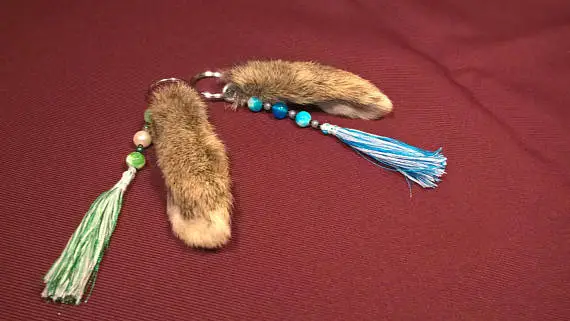From the roll of dice to the spin of the roulette wheel, many of us are on the lookout for that extra bit of luck, especially when it comes to betting and casino games. But beyond strategies and knowledge, there’s something timeless about the belief in lucky charms. Whether it’s a rabbit’s foot you carry in your pocket or a special necklace you wear on poker night, these symbols of luck are deeply rooted in cultures around the globe. Let’s dive into some of the most fascinating lucky charms from Africa, Asia, Europe, and North America and explore whether there’s more to them than just superstition.
North American Lucky Charms
In North America, particularly in the United States, lucky pennies and rabbit’s feet are among the most popular charms. When playing roulette online, many players believe in the power of these amulets. The phrase “Find a penny, pick it up, all day long you’ll have good luck” encapsulates the belief in the power of finding a penny face-up. Rabbit’s feet, while considered controversial due to animal rights concerns, have a long history of being seen as carriers of good luck, with some casino-goers attaching them to their keychains for an extra dose of fortune.
African Lucky Charms
In Africa, charms are often used to bring good fortune and protection. One popular charm is the Nyami Nyami, a serpent-like creature from the Zambezi River valley, believed to protect and bring good luck to those who wear its likeness. Similarly, small bags containing herbs, animal bones, or specific stones are carried by some to attract winnings and ward off bad luck. While the effectiveness of these charms is up for debate, their presence at gaming tables or in players’ pockets speaks volumes about their cultural significance.
Asian Lucky Charms
Asia has a rich tradition of symbols and objects believed to bring good luck. In Korea, many people carry a “Bokjumeoni” or lucky bag, believing it attracts wealth and good fortune, especially when hoping for luck in business ventures or personal endeavours. In Japan, the Maneki-Neko, or “beckoning cat” is a common talisman, thought to attract good fortune and money. You might have seen these adorable cat figurines in businesses or homes, with one paw raised, welcoming prosperity. In China, the Feng Shui compass is used to attract luck and positive energy by aligning spaces in harmony with the environment. Whether it’s choosing the right seat at a poker table or placing a Maneki-Neko in your home office where you play online casino games, these charms are a testament to the hope of tipping the odds in one’s favour.
European Lucky Charms
Europe, with its diverse cultures, also boasts a variety of lucky charms. The four-leaf clover from Ireland is perhaps one of the most well-known symbols of good luck worldwide. Finding one is considered very lucky, given their rarity. Horseshoes are another emblem of luck, especially in the UK, where they’re often hung above doorways to bring good fortune and protect the home. Players might keep a miniature horseshoe in their pocket when heading to the casino, hoping for that extra bit of luck.
Do lucky charms work? While there’s no scientific evidence to back up their effectiveness, the power of belief and the psychological comfort they provide can’t be understated. For many, carrying a lucky charm is a way to feel more confident and positive, which in itself can be a game-changer. Whether it’s the thrill of betting or the challenges of daily life, a little extra luck (even if it’s just in our minds) is always welcome.



